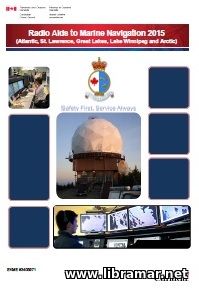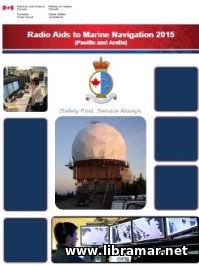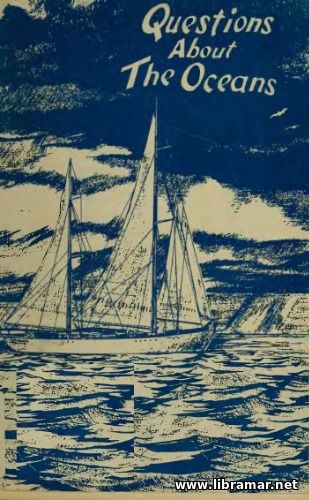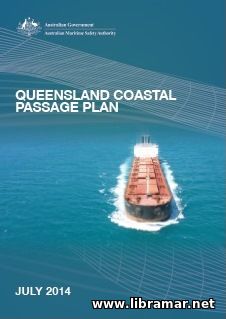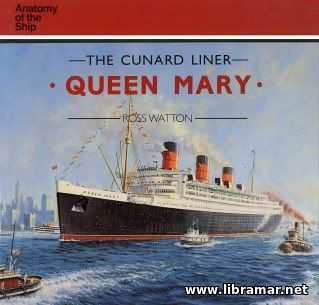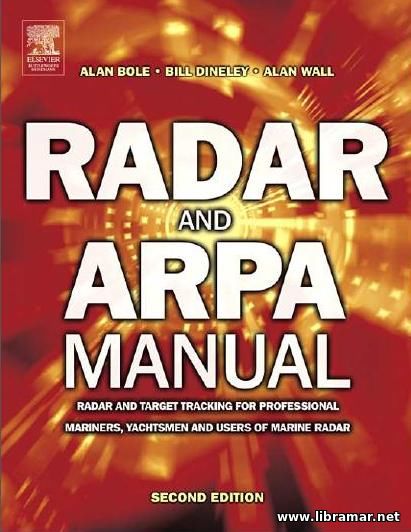
The present study was intentionally released to leverage most of the insights originating from the 2009 DSB report and 2008 NRAC report but it is focusing on the American naval forces. The content of this report has been arranged in two major parts. The first part of the report selects some surprises from a real continuum of surprises, starting from the disruptive technologies and up to the capability developments inferred by the intelligence, and operational deployments - it assesses what exactly the Navy, Marine Corps and USCG could do and are doing about them, remaining quite mindful about the budgetary declines of the future.
The second part of this official report examines the processes that are currently in place (or could be in place) in the above mentioned entities in order for such surprises to be avoided. Among other things, the report explores the positive and negative sides of the different ways that are commonly used to improve the response of the naval forces to those surprises through the red teaming, identifying the barriers preventing the adoption of these processes, through employment of the own capabilities etc. The report starts with framing the problem and the chapters dedicated to scanning/awareness and assessment of the surprise, followed by the information about fielding and implementation, option development, force response, prioritization etc.

